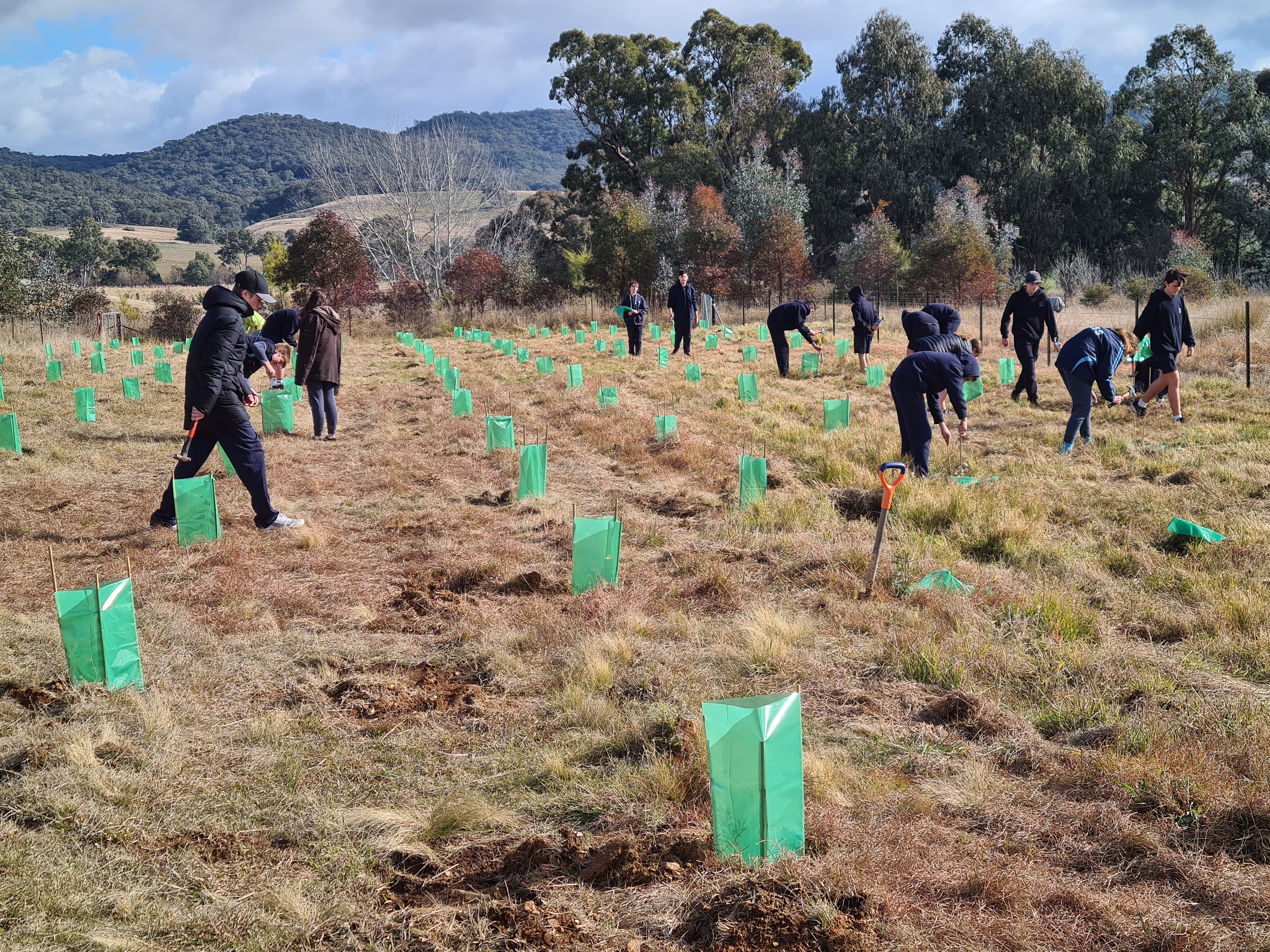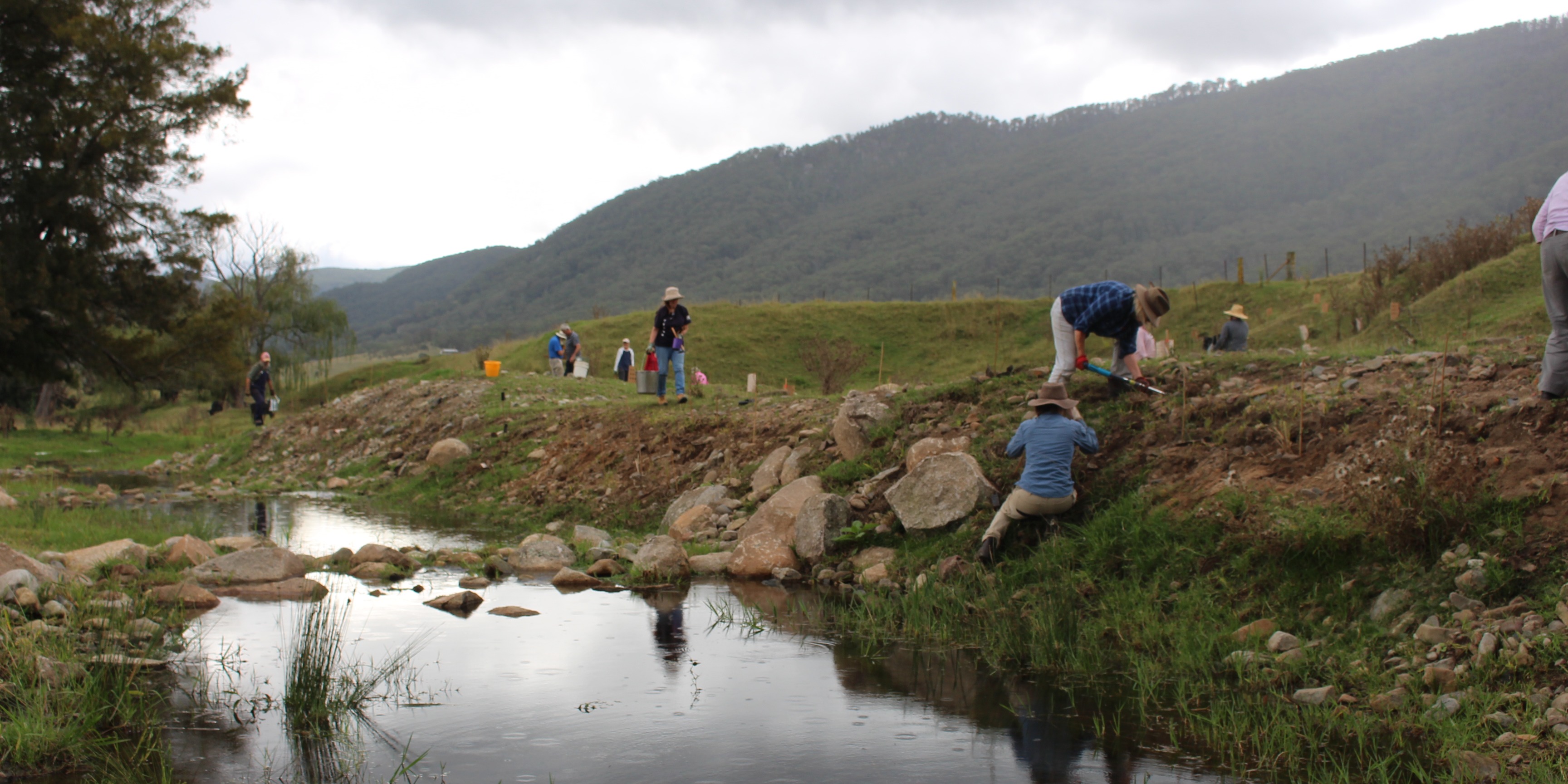Key points
- Rivers and wetlands support life across NSW. They provide NSW with most of its freshwater and support people, ecosystems and industries such as agriculture and tourism.
- NSW industries such as agriculture and tourism depend on rivers and wetlands for sources of freshwater.
- Climate change threatens rivers and wetlands with increasing temperatures, changed rainfall patterns and more extreme weather events.
- The NSW Government is supporting local governments, landholders and communities to adapt to the impacts of climate change on our rivers and wetlands.
The importance of rivers and wetlands in NSW
Rivers and wetlands support life across NSW. Wetlands cover nearly 6% of NSW, with most ocuring west of the Great Dividing Range. Rivers and wetlands provide NSW with most of its freshwater and support people, ecosystems and the economy.
Rivers and wetlands benefit NSW’s people, by providing:
- sources of freshwater for town water supplies
- areas for Aboriginal cultural practices and connecting to Country
- areas for recreation, connecting with nature and fishing
- water which seeps underground to replenish the groundwater reserves that many NSW communities and industries depend on.
Rivers and wetlands also help protect against the impacts of hazards such as floods, droughts and bushfires.
NSW’s rivers and wetlands provide important habitats, food and breeding grounds for wildlife. Across the state, they include:
- habitats for around 118 species of freshwater fish including Australia’s largest freshwater fish – the Murray cod – which can weigh over 100 kilograms
- 12 wetlands of international significance listed under the Ramsar convention
- groundwater dependent ecosystems which are valuable sources of water in drier parts of NSW.
Rivers and wetlands support the NSW economy by providing freshwater for important industries such as agriculture and tourism.
Wetlands benefit agriculture in many ways. They support bird species which feed on farm pests such as grasshoppers. This beneficial relationship between wetlands and farms offers a cheaper, easier and more environmentally friendly form of pest control.
Rivers and wetlands support NSW’s large tourism industry by providing areas for water sports, camping, swimming, fishing and nature connection.
Healthy rivers and wetlands also support the NSW economy in less tangible ways, for example:
- native plants growing along riverbanks help prevent erosion – without these plants we will need to invest in structures to control erosion
- wetlands act as natural water filters, removing nutrients, pollutants and sediments from water – without wetlands, we would need to develop new structures and processes to manage water quality.
How rivers and wetlands are affected by climate change in NSW
Rivers and wetlands are sensitive to small changes in climate. These changes will impact the health of rivers, wetlands their surrounding areas, and the people and wildlife which depend on them.
Increased temperatures will affect which species can live in certain areas. Species which aren’t suited to warmer climates will suffer, while hardier species will thrive – such as introduced pests like European carp.
Changes in temperature also affects the behaviour of native fish species, as some depend on seasonal temperature cues to breed.
Coastal rivers and wetlands will be affected by sea level rise caused by warming ocean temperatures.
Climate change is likely to change the influence of key climate drivers which affect rainfall in NSW, such as east coast lows, El Nino – Southern Oscillation, Indian Ocean Dipole, Interdecadal Pacific Oscillation and Southern Annular Mode. Changes to these drivers will affect the frequency and magnitude of rainfall events over NSW.
Many rivers and wetlands throughout NSW rely on occasional floods, such as the Macquarie Marshes. This cycle of flooding allows wildlife such as fish and waterbirds to move into new locations to feed and breed. Climate change is affecting these cycles, with dry periods between floods becoming longer and harsher. This prevents fish and waterbirds from moving to important feeding and breeding grounds.
In coastal rivers and wetlands, drought can disconnect the waterways from the ocean. This can reduce water quality upstream, as naturally occurring salts and nutrients in the water are unable to be flushed out to sea.
Sea level rise caused by climate change can cause erosion and flooding of rivers and wetlands, and affect water quality as salt water is pushed further upstream into freshwater ecosystems.
Climate change is changing the patterns of rainfall, storms and floods. These events are likely to occur less often but will be more extreme when they do happen.
More extreme storms can erode riverbanks and wash sediments and pollution into rivers and wetlands.
Wetlands have slowly absorbed carbon dioxide over hundreds of years. When they are burnt or destroyed, they release carbon dioxide back into the atmosphere, contributing to further climate change.
After bushfires, ash and exposed soil can wash into waterways, reducing water quality and killing fish.
Adapting to changes in rivers and wetlands in NSW
Everyone in NSW depends on healthy rivers and wetlands. The NSW Government is supporting local governments, landholders and communities to adapt to the impacts of climate change on our rivers and wetlands. One of the main ways we’re doing this is by using local knowledge to identify potential threats and response options can help communities prepare for climate change.
We can reduce the impact of climate change on our coastal rivers and wetlands by:
- creating better infrastructure to manage the impacts of more extreme storms and floods
- managing coastal ecosystems to keep waterways connected to the ocean.
Inland rivers and wetlands will be more affected by drought than coastal areas. These areas must be carefully managed to balance the different needs for water by people, industries and ecosystems. This can include:
- water efficiency programs and infrastructure for towns, farms and industries
- delivering water to drying wetlands to mimic the natural flooding cycle with much less water.
Related information
- Wetlands - NSW Department of Planning and Environment
- The Nimmie-Caira project - NSW Department of Planning and Environment
- NSW State of the Environment: Wetlands - NSW Environmental protection Authority
- Water Research - NSW Department of Planning and Environment
- Wetlands and climate change - Australian Government Department of Agriculture, Water and the Environment
- The Status of Wetlands and the Predicted Effects of Global Climate Change: The Situation in Australia - Academic paper
- Conservation Management of Rivers and Wetlands Under Climate Change - a Synthesis - Academic paper
Case studies
The Restore and Renew webtool provides simple, science-backed guidance to improve restoration projects across New South Wales. In the Hunter Valley, it is helping to rebuild climate-ready, genetically diverse populations of the River Red Gum.

The Yass Area Network of Landcare Groups is is using the Restore and Renew webtool to guide seed selection for their Climate Ready Revegetation Project.

